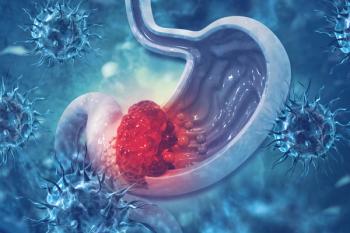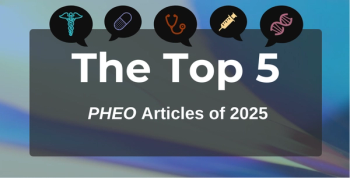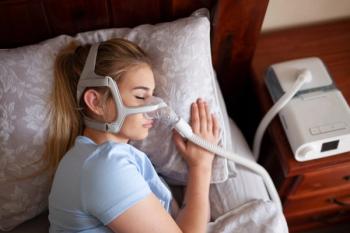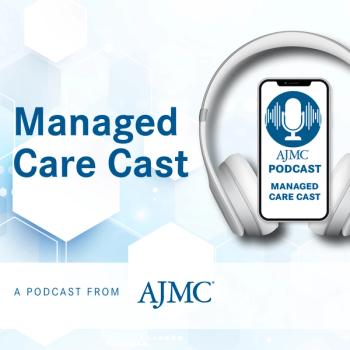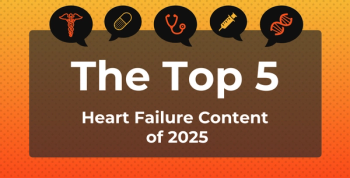
How HRV Biofeedback Eases Mental Stress in Coronary Artery Disease
Key Takeaways
- HRV biofeedback training improved myocardial blood flow in coronary heart disease patients, showing potential as a lifestyle intervention for heart failure risk reduction.
- The randomized pilot trial demonstrated significant effects of HRV biofeedback on mental stress myocardial flow reserve compared to standard care.
Heart rate variability (HRV) biofeedback may be a potential intervention for patients with coronary artery disease.
Heart rate variability (HRV) biofeedback training improved myocardial blood flow (MBF) in patients with coronary heart disease (CHD), according to a new study published in JAMA Network Open.1
HRV biofeedback, a stress-reduction intervention, can help patients self-regulate their autonomic nervous system activity through
The study findings were drawn from the randomized pilot clinical trial, Mental Stress Ischemia: Biofeedback (MIBS; NCT02657382), assessing the difference in MFB between patients with coronary artery disease (CAD) receiving HRV biofeedback training vs those receiving usual care. The main outcome measured was mental stress myocardial flow reserve (MS-MFR), defined as the ratio of MBF during a mental stress challenge to the resting MBF.
The study was conducted from March 30 to November 9, 2016, with an analytic sample population of 21 patients with CAD aged 30 to 79 years. The patients were randomized in the HRV biofeedback group and standard care group 12:9, respectively. Of them, 8 participants were female and 13 were male. Furthermore, 10 of the 21 participants were Black and 11 were White. There were no participants of Hispanic ethnicity.
Key Outcomes and Benefits of HRV Biofeedback Training
The HRV biofeedback group underwent 6 weekly 1-hour sessions of HRV biofeedback training administered by a HeartMath LLC–certified biofeedback trainer. The training was conducted using a computerized system to monitor and display patient MFB in real time. The first and last 2 visits were conducted in person. Patients were instructed to practice at home daily for at least 20 minutes.
During the in-person laboratory visits, patients underwent guided breathing at 6 breaths per minute while being monitored for their coherence between HRV and respiration variability. Their positive emotions and interactive visual images were also introduced to increase coherence.
In the HVR biofeedback group, the mean baseline MS-MFR was 1.07 (95% CI, 0.94-1.22) when compared with the usual groups at 1.20 (95% CI, 1.05-1.38). After the intervention, the HRV biofeedback group and standard care group had a mean MS-MFR of 1.16 (95% CI, 1.06-1.26) and 1.15 (95% CI, 0.94-1.40), respectively.
A secondary analysis was conducted in a subset of patients for myocardial perfusion and left ventricular ejection fraction data. Between visits, researchers observed a change in stress sum scores between the HRV biofeedback group (–0.70; 95% CI, –5.55 to 4.15) when compared with the standard care group (7.00; 95% CI, –1.33 to 16.07) (P = .046). However, no differences were observed in blood pressure, heart rate, and rate pressure between groups at either visit.
The study was limited by its small sample size; however, researchers explained it was designed to inform large-scale studies on HRV biofeedback and CHD outcomes. Additionally, HRV was not examined as an outcome, thus limiting researchers’ ability to compare interventions with other HRV biofeedback studies that used HRV as an outcome.
“We found a significant effect of HRV [biofeedback] on MS-MFR that warrants further exploration in a larger clinical trial,” the researchers concluded. Although the results were statistically significant, a larger study should examine whether these findings are reproducible and scalable.”
References
1. Shah AJ, Raggi P, She H, et al. Heart rate variability biofeedback and mental stress myocardial flow reserve: a randomized clinical trial. JAMA Netw Open. 2025;8(10):e2538416. doi:10.1001/jamanetworkopen.2025.38416
2. Baig M, Moafi-Madani M, Qureshi R, et al. Heart rate variability and the risk of heart failure and its subtypes in postmenopausal women: The Women's Health Initiative study. PLoS One. 2022;17(10):e0276585. doi:10.1371/journal.pone.0276585
Newsletter
Stay ahead of policy, cost, and value—subscribe to AJMC for expert insights at the intersection of clinical care and health economics.

